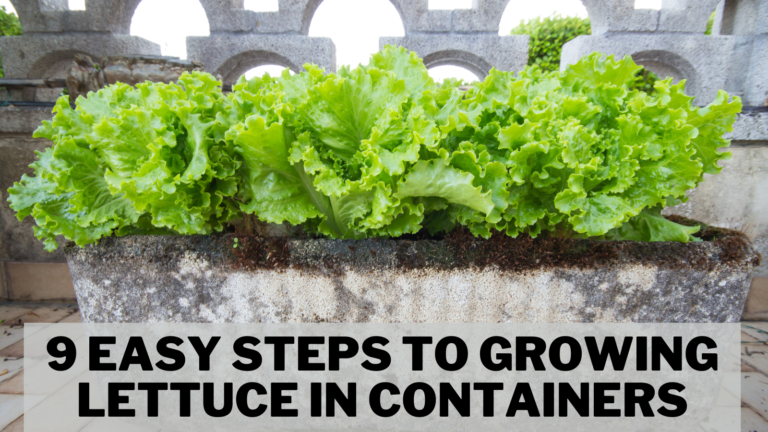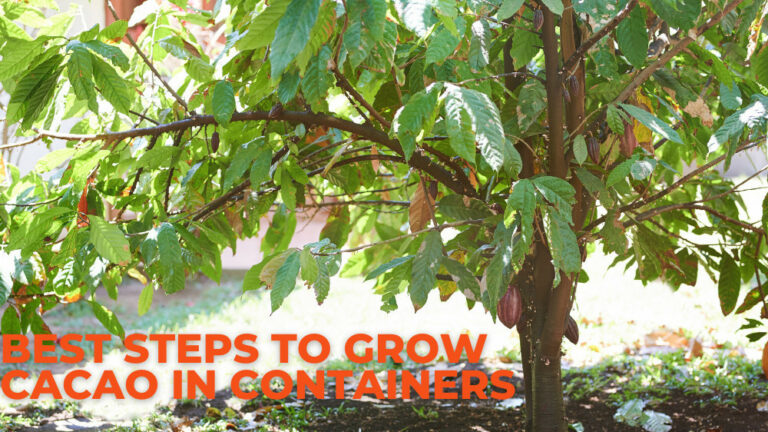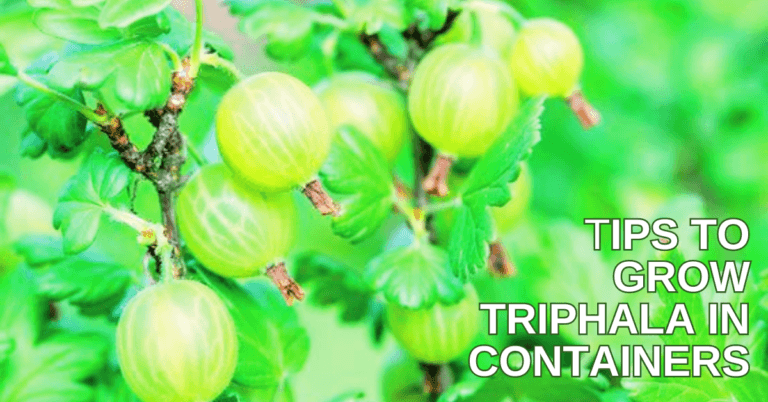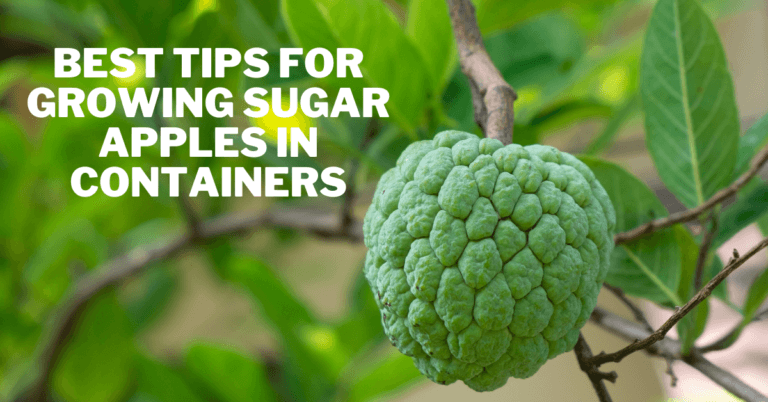Best Tips To Grow Jojoba In Containers
Best Tips To Grow Jojoba In Containers
Jojoba, a versatile shrub native to the arid regions of North America, is gaining popularity among gardeners and enthusiasts for its numerous benefits and applications.
Exploring tips to grow jojoba in containers opens up a rewarding opportunity for enthusiasts to harness the plant's resilience and reap its benefits, regardless of space limitations or climate constraints.
Whether you're a seasoned gardener or a novice enthusiast, cultivating jojoba in containers offers a rewarding experience with its resilient nature and low-maintenance requirements.
This article will explore the essential tips and techniques for successfully growing jojoba in containers.
This article will equip you with the knowledge and confidence to embark on your jojoba-growing journey, from selecting the right container and soil mix to providing optimal growing conditions and maintenance routines.
Let's explore the fascinating world of container gardening with jojoba and unlock the secrets to thriving plants and abundant harvests.
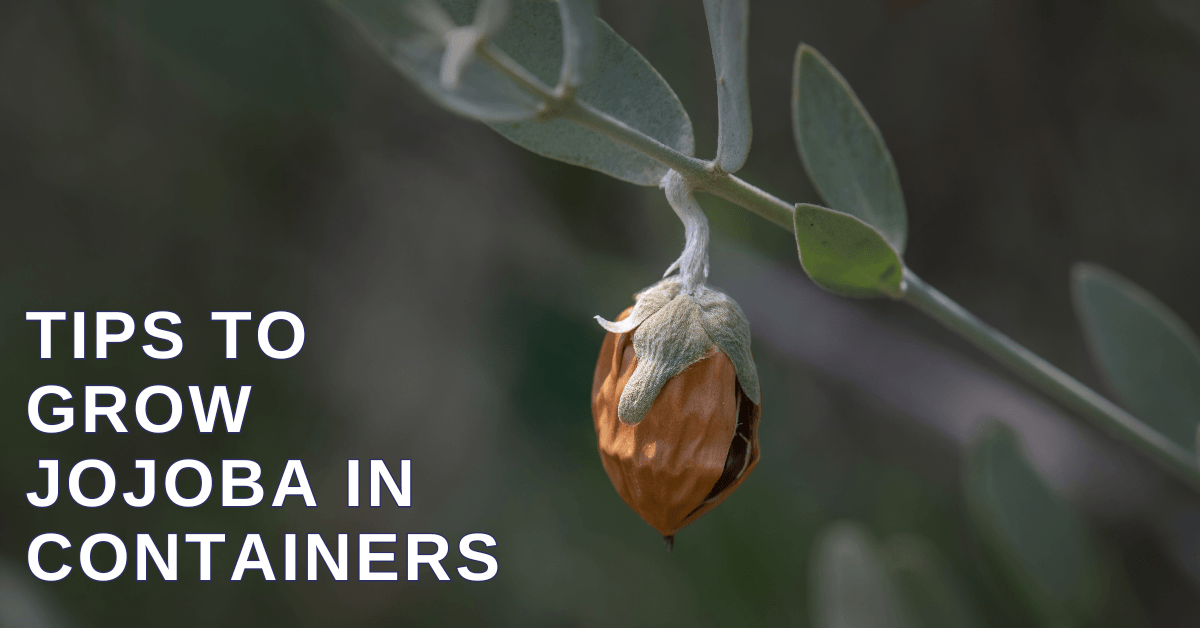
What Is Jojoba?
The intriguing evergreen shrub jojoba (Simmondsia chinensis) is indigenous to the dry regions of southwestern North America. Its primary distribution areas are sections of Arizona, California, and Mexico.
Despite its name, jojoba is not a botanical member of the traditional “Jojoba” family but rather belongs to the Simmondsiaceae family.
Renowned for its unique characteristics and diverse applications, jojoba has garnered significant attention in various industries, including cosmetics, pharmaceuticals, and agriculture.
One of the jojoba's most notable features is its distinct oil-rich seeds, which contain a liquid wax with remarkable chemical stability and similarity to human sebum.
This oil, commonly called jojoba oil, boasts numerous benefits for skincare, haircare, and medicinal purposes.
It's prized for its moisturizing properties, ability to regulate sebum production, and potential to alleviate skin conditions such as acne, eczema, and psoriasis.
Jojoba is significant ecologically in its natural environments and is an essential part of dry ecosystems, in addition to its economic value.
Its deep-rooted system helps prevent soil erosion and desertification, while its dense foliage provides habitat and food for various wildlife species.
Furthermore, jojoba exhibits remarkable adaptability to harsh environmental conditions, thriving in sandy, nutrient-poor soils and enduring prolonged periods of drought.
Cultivating jojoba presents a sustainable alternative for farmers seeking drought-tolerant crops with minimal water requirements.
Its versatility as a crop extends beyond oil production, with potential applications in soil stabilization, agroforestry systems, and biodiesel production.
Jojoba is a remarkable botanical specimen with multifaceted benefits. Its invaluable contributions bridge industry, ecology, and agriculture.
What Are The Uses Of Jojoba Oil?
Jojoba oil, extracted from the seeds of the jojoba shrub (Simmondsia chinensis), is a prized natural ingredient renowned for its diverse array of uses and benefits.
Jojoba oil is widely acclaimed in the cosmetic, pharmaceutical, and personal care industries as a versatile and multipurpose product.
Its molecular structure closely resembles human sebum, making it an exceptional moisturizer for skin and hair.
All skin types, including sensitive and acne-prone skin, can benefit from jojoba oil's non-comedogenic qualities because it hydrates skin without clogging pores.
It serves as a potent emollient, soothing dryness and alleviating irritation, while its antioxidant content helps combat free radicals, thus reducing signs of aging.
Additionally, jojoba oil exhibits antimicrobial and anti-inflammatory properties, making it beneficial in treating various skin conditions such as acne, eczema, and psoriasis.
In hair care, jojoba oil is a nourishing conditioner, enhancing shine, softness, and manageability while promoting hair growth and reducing dandruff.
Beyond its cosmetic applications, jojoba oil finds utility in pharmaceutical formulations, serving as a carrier oil for essential oils and active ingredients due to its stability and compatibility.
Jojoba oil's hypoallergenic nature and gentle, non-irritating properties further contribute to its widespread use in skincare, haircare, massage therapy, aromatherapy, and beyond, making it a versatile and indispensable component in a myriad of products and treatments.
History Of Jojoba Plants
The history of the jojoba plant (Simmondsia chinensis) is deeply intertwined with the indigenous peoples of the southwestern United States and northwestern Mexico, where it has been utilized for centuries due to its various practical and medicinal properties.
Native American tribes, such as the O'odham, Seri, and Cahuilla, historically used different parts of the jojoba plant for various purposes.
The seeds were ground into a paste for medicinal applications, including treating sores, wounds, and skin conditions.
Additionally, jojoba seeds were a valuable food source, providing sustenance during times of scarcity.
Spanish explorers and settlers in the region also recognized the utility of jojoba and adopted its use for similar purposes.
However, it wasn't until the mid-20th century that jojoba gained significant commercial attention.
During World War II, the United States government initiated research into alternative sources of oil due to shortages, leading to increased interest in jojoba as a potential replacement for whale oil in various industrial applications.
In the 1970s, jojoba experienced a surge in popularity, particularly in the cosmetics and personal care industries.
The oil-rich seeds of this plant produce a liquid wax that resembles human sebum in qualities, which makes it a perfect ingredient for skincare products, including lotions, balms, and moisturizers.
Jojoba gained significant attention following this finding as a sustainable, all-natural substitute for artificial chemicals.
Today, jojoba cultivation spans several countries, including the United States, Argentina, Israel, and Australia, with most commercial production concentrated in arid regions conducive to its growth.
Through centuries of indigenous use, wartime necessity, and modern commercialization, the history of the jojoba plant reflects its enduring significance and versatility in human culture and industry.
Uses Of Jojoba Plants
Understanding tips for growing jojoba in containers enables enthusiasts to harness the versatile uses of its seeds and oil, fostering thriving cultivation regardless of space limitations or environmental conditions.
The jojoba plant (Simmondsia chinensis) offers various uses, primarily centred around its seeds and oil:
1. Cosmetics And Personal Care
Due to its similarity to human skin oil, Jojoba oil is a prized ingredient in skincare products such as moisturizers, lotions, and lip balms. It nourishes and moisturizes the skin, supporting suppleness and softness.
2. Hair Care
Jojoba oil benefits hair care products, including shampoos, conditioners, and hair serums. It helps condition and hydrate the hair, improving shine and manageability while reducing frizz and breakage.
3. Medicinal Applications
Due to its anti-inflammatory and antibacterial qualities, Jojoba oil helps treat various skin diseases, including psoriasis, eczema, and acne. It can soothe irritated skin and promote healing.
4. Industrial Use
Jojoba oil's stability and resistance to oxidation make it suitable for industrial applications, particularly as a lubricant for machinery and automotive parts.
5. Biofuel Production
The seeds of the jojoba plant can be processed to extract oil, which can be used as a renewable and sustainable source of biofuel. This offers an eco-friendly alternative to traditional fossil fuels.
6. Agricultural Practices
Jojoba plants are cultivated for soil stabilization and erosion control in arid regions. They contribute to reforestation efforts and help reclaim degraded land.
7. Wildlife And Ecology
Jojoba plants provide habitat and food for wildlife in their native arid environments. Their deep root systems help prevent soil erosion and desertification, contributing to the preservation of fragile ecosystems.
Overall, the jojoba plant offers various uses across various industries, from cosmetics and healthcare to agriculture and environmental conservation.
Benefits Of Jojoba Plants
Originating from the arid regions of southwestern North America, the jojoba plant has been celebrated for centuries by indigenous communities for its practical and medicinal properties.
With its oil-rich seeds and resilient nature, the jojoba plant offers many benefits that cater to diverse needs, from skincare to sustainable agriculture:
1. Moisturizing Power
The oil of the jojoba plant is a natural emollient that effectively moisturizes the skin without leaving it greasy.
It penetrates deeply into the skin, providing hydration and helping to restore its natural moisture balance.
2. Skin Protection
Rich in antioxidants, jojoba oil offers protection against free radicals, environmental pollutants, and harmful UV rays.
This keeps the skin young and healthy by preventing wrinkles, sun damage, and premature aging.
3. Anti-Inflammatory Properties
Jojoba oil contains anti-inflammatory compounds, making it beneficial for soothing and reducing inflammation in conditions such as acne, eczema, and psoriasis.
4. Non-Comedogenic Nature
Jojoba oil closely resembles the skin's natural sebum, making it non-comedogenic. It won't clog pores, making it suitable for all skin types, including oily and acne-prone skin.
5. Hair Nourishment
Jojoba oil is a fantastic natural conditioner for the hair and scalp. It moisturizes the hair, strengthens the follicles, and promotes hair growth. It also helps to reduce dandruff and soothe scalp irritation.
6. Makeup Removal
Jojoba oil effectively dissolves makeup, including waterproof mascara and long-lasting lipsticks, without stripping the skin of its natural oils. Clean, smooth, and moisturized skin is the result.
7. Cuticle Care
Massaging jojoba oil into the nails and cuticles helps moisturize and strengthen them, preventing dryness, brittleness, and hangnails. It promotes healthy nail growth and maintains their overall appearance.
8. Wound Healing
Jojoba oil's antimicrobial properties aid in wound healing by preventing infection and promoting faster tissue regeneration. It can be topically given to small burns, scratches, and wounds to promote healing.
9. Scalp Health
Jojoba oil balances the scalp's natural production, preventing dryness and excess oiliness. It helps to maintain a healthy scalp environment, reducing itching, flakiness, and irritation.
As interest in natural and eco-friendly alternatives grows, the jojoba plant remains a beacon of versatility and resilience, embodying the harmony between human well-being and environmental stewardship.
Introducing The Tips To Grow Jojoba In Containers
Growing jojoba in containers can be a rewarding experience, offering the opportunity to cultivate this versatile plant even in limited spaces.
Here are some tips to successfully grow jojoba in containers:

1. Selecting The Right Container To Grow Jojoba
Incorporating tips for growing jojoba in containers involves selecting a spacious vessel, ensuring sufficient depth and width to accommodate the plant's deep root system and promoting healthy establishment and growth.
Select a potting mix designed especially for cacti or succulents, as these mixtures encourage superior drainage and help avoid waterlogging.
Jojoba plants are suited to live in dry climates, like sandy, well-draining soil, just like their natural home.
A soil structure that drains efficiently is imperative to release excess water and avoid moisture buildup near the roots.
Doing this can lessen the likelihood of root rot and other moisture-related problems that could endanger the plant's health.
A well-draining soil mixture also makes it easier for roots to absorb nutrients and oxygen, encouraging strong growth and development.
Your jojoba plants may thrive in the best conditions with a premium potting mix and outstanding drainage qualities, ensuring their long-term health and vitality.
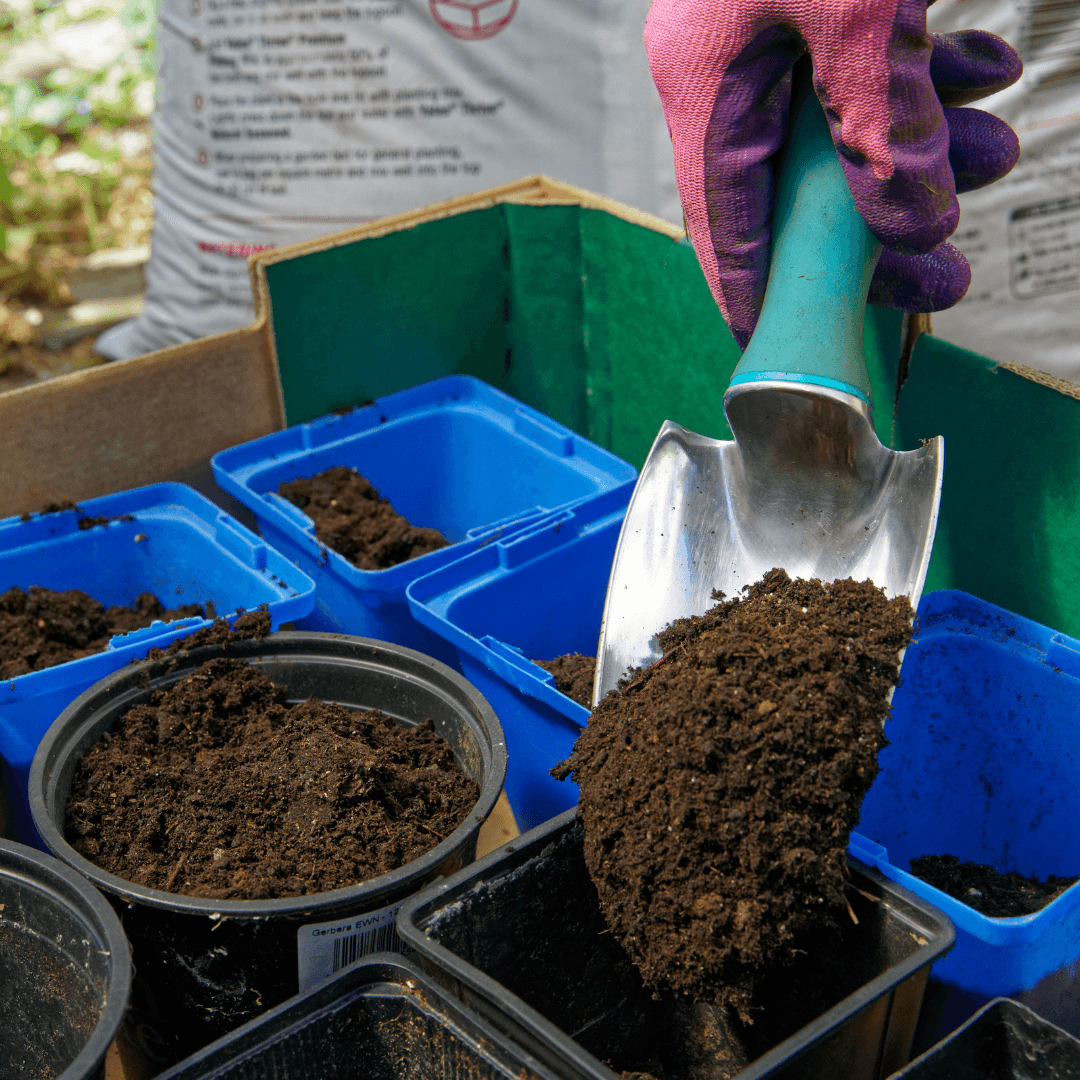
2. Well-Draining Soil For Jojoba Plants
To successfully cultivate jojoba plants in containers, utilizing a well-draining potting mix tailored to their needs is imperative.
Choose a potting mix specifically formulated for succulents or cacti. These blends promote excellent drainage and prevent waterlogging.
Jojoba plants, adapted to thrive in arid environments, prefer sandy, well-draining soil that mimics their native habitat.
A well-draining soil structure is essential, allowing excess water to flow freely and preventing moisture accumulation around the roots.
This helps avoid conditions conducive to root rot and other moisture-related issues that can compromise the plant's health.
Additionally, a well-draining soil mix facilitates the efficient uptake of nutrients and oxygen by the roots, promoting robust growth and development.
A high-quality potting mix with excellent drainage properties can create an optimal growing environment for your jojoba plants, ensuring their long-term health and vitality.
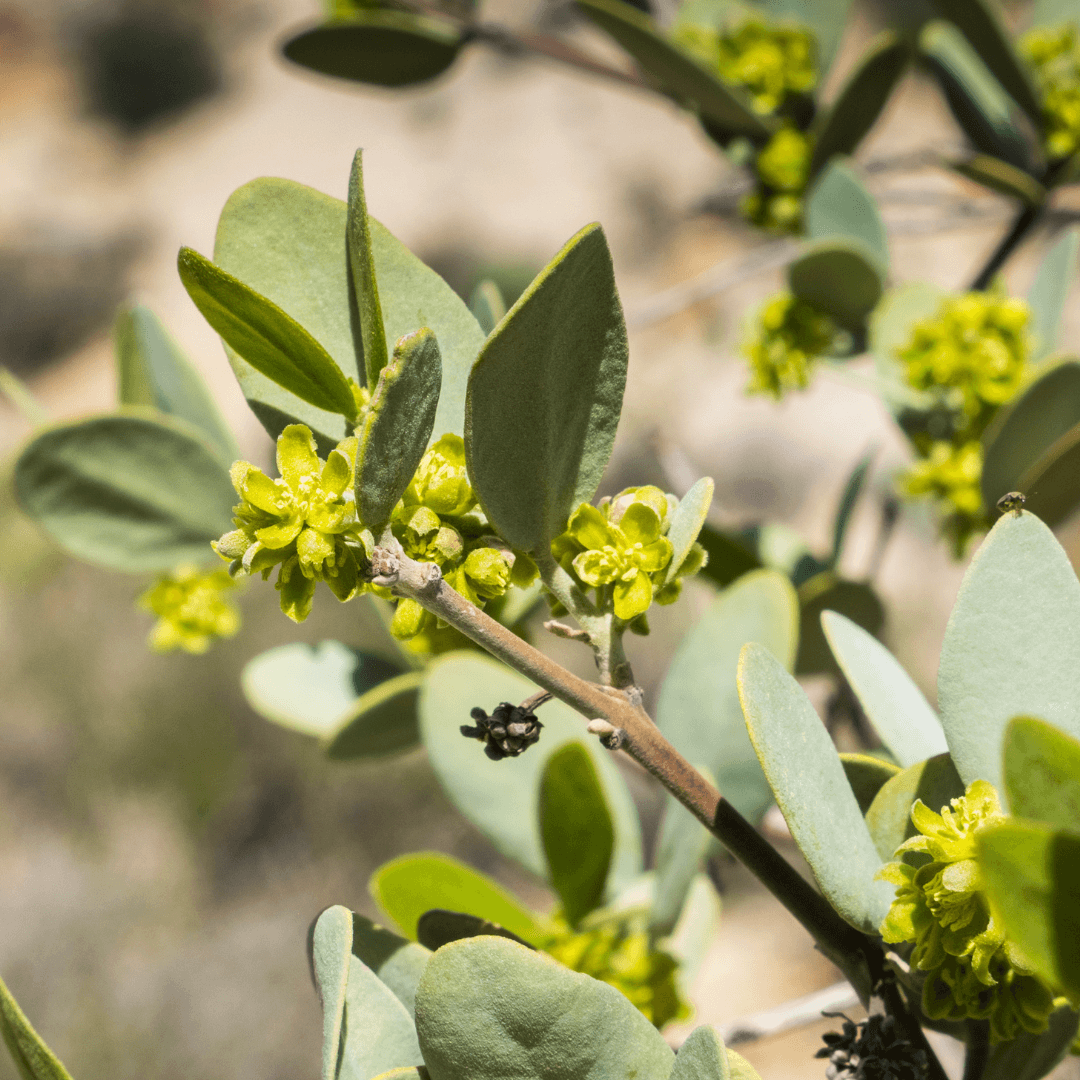
3. Placement And Sunlight To Grow Jojoba Plants
Proper container placement is essential for the successful growth of jojoba plants. Implementing tips to grow jojoba in containers emphasizes correct placement, ensuring the container receives full sunlight for at least 6-8 hours daily to mirror the plant's natural habitat and promote optimal growth and development.
Jojoba plants inherently adapt to thrive in bright, sunny conditions, mirroring their natural habitat in arid regions.
Photosynthesis, the process through which plants transform light into chemical energy to support their growth and development, depends on adequate sunshine.
Jojoba plants may become leggy without sufficient sunlight, with sparse foliage and reduced vigour.
Therefore, placing the container in a location with ample sunlight ensures optimal growth and encourages the production of healthy foliage.
Additionally, exposure to sunlight helps stimulate flower and fruit development in jojoba plants, essential for those cultivating them for seed production.
Providing adequate sunlight can create an ideal growing environment for your jojoba plants, promoting robust growth and abundant harvests.
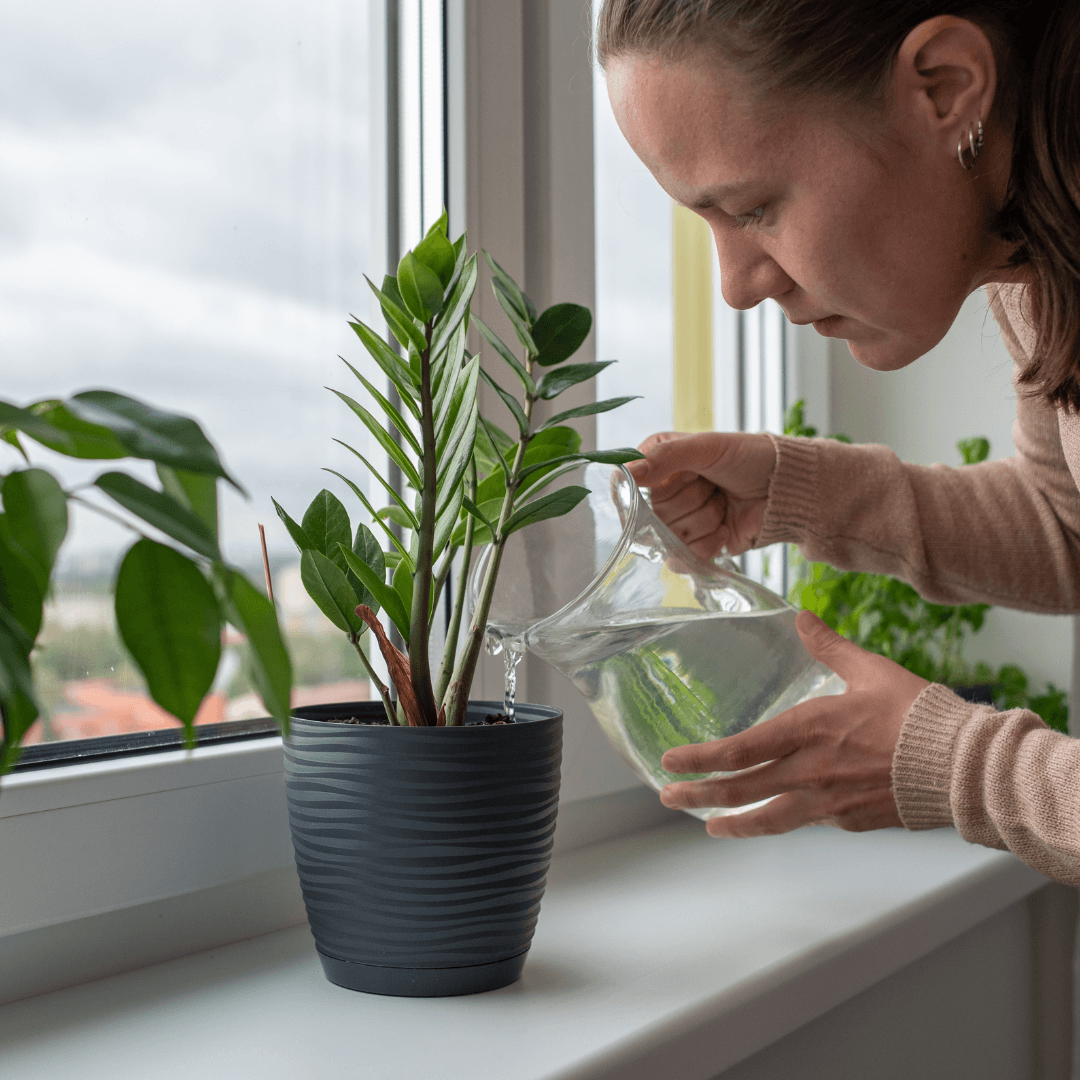
4. Watering Of Jojoba Plants Grown In Containers
Proper watering is essential to the health and vitality of jojoba plants grown in containers. To avoid overwatering, implement a sparing watering schedule, letting the soil dry out between applications.
Because jojoba plants have low water requirements and evolved to desert environments, they can suffer from root rot when exposed to too much moisture.
To determine when to water deeply, stick your finger into the top inch of the soil to test the moisture content—water deeply only when the top layer feels completely dry.
Ensure that any extra water can escape the container's bottom to avoid waterlogging, which can choke the roots and cause fungal infections.
By practicing moderation and allowing the soil to dry out appropriately between waterings, you can provide optimal growing conditions for your jojoba plants, promoting healthy growth and development while minimizing the risk of water-related issues.

5. Temperature And Climate To Grow Jojoba Plants
Temperature and climate play crucial roles in the successful cultivation of jojoba plants, as they are inherently adapted to warm, arid environments.
Ideally, jojoba plants thrive in temperatures ranging from 65-85°F (18-29°C), mirroring the conditions of their native habitat.
Considering tips to grow jojoba in containers underscores the importance of situating the plants in locations that offer adequate warmth and sunlight, mirroring their native habitat and fostering optimal growth, especially during extreme temperatures.
Additionally, extra precautions must be taken to protect the plants during extreme temperatures, such as frost or excessive heat.
For jojoba plants grown in containers, it is advisable to bring them indoors or provide frost protection during cold weather to prevent damage from freezing temperatures.
Alternatively, covering the plants with frost blankets or row covers can offer insulation and shield them from frost damage.
By closely monitoring temperature fluctuations and taking appropriate measures to protect the plants from extreme conditions, you can create an optimal growing environment for your jojoba plants, ensuring their long-term health and productivity.
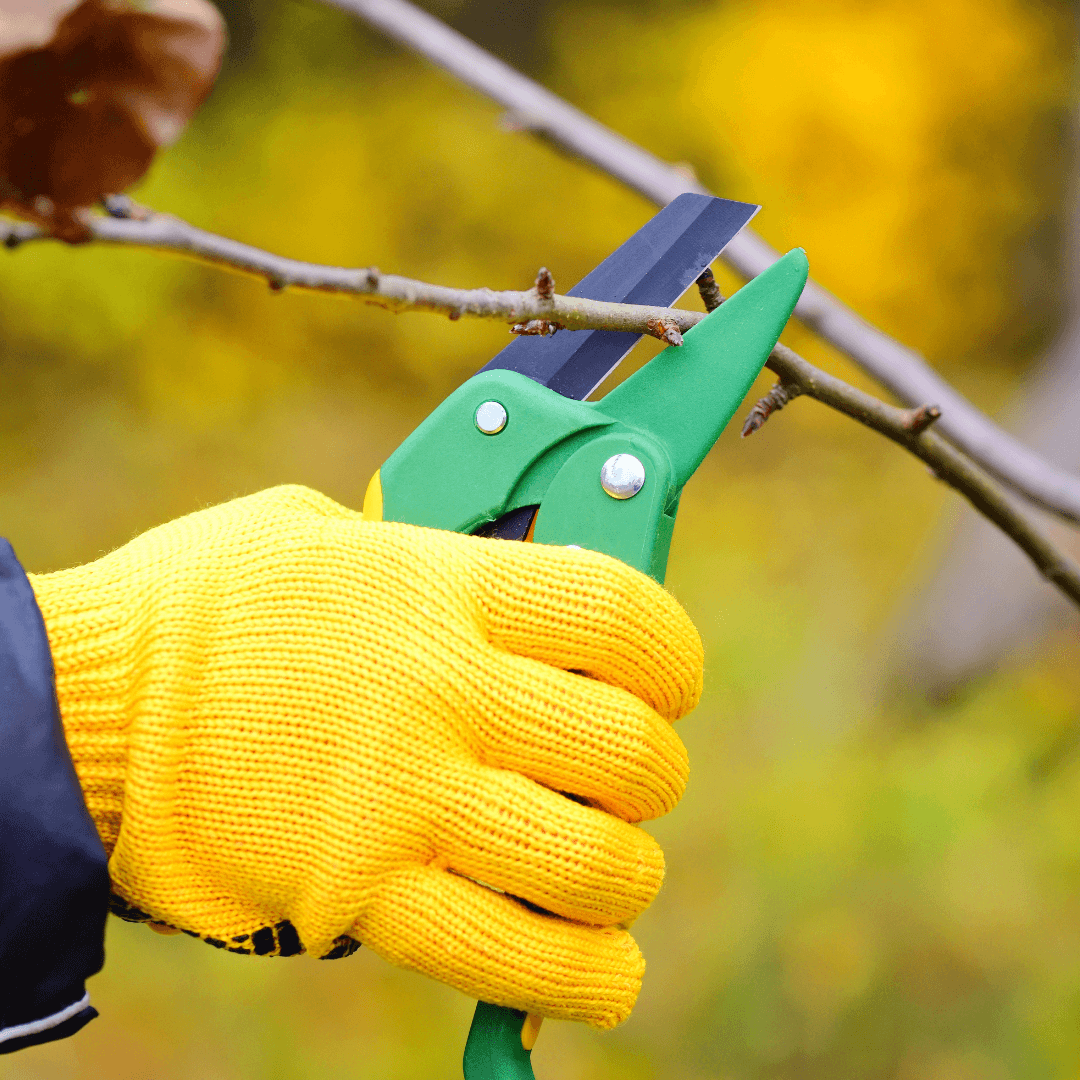
6. Pruning And Maintenance Of Jojoba Plants
Pruning and maintenance are essential for ensuring the health and vitality of jojoba plants grown in containers.
Regular pruning helps stimulate bushier growth and encourages the plant to produce more foliage, promoting a lush and compact appearance.
Incorporating tips for growing jojoba in containers highlights the significance of regular pruning and maintenance practices to stimulate bushier growth, prevent disease spread, and maintain the plant's aesthetic appeal and size control.
Additionally, pruning can shape the plant, maintaining its aesthetic appeal and controlling its size.
While pruning, it's essential to use clean, sharp tools to make precise cuts and minimize stress on the plant. In addition to pruning, periodically inspecting the plant for signs of pests and diseases is crucial.
Aphids, spider mites, and scale insects are common pests that may affect jojoba plants, while fungal diseases such as powdery mildew can also occur.
If pests or diseases are detected, appropriate measures should be taken promptly to control them and prevent further damage to the plant.
Regular pruning and maintenance in your care routine ensures that your jojoba plants remain healthy, vibrant, and productive.

7. Harvesting Jojoba Seeds
Harvesting jojoba seeds is crucial for those growing the plant for its oil-rich seeds. Harvesting should be done once the seeds have reached maturity, typically indicated by their colour changing from green to brown and starting to fall from the plant naturally.
Carefully collect the mature seeds by gently twisting or cutting the seed pods from the plant. Next, remove the seeds from their pods and discard any damaged or immature seeds.
To ensure optimal oil extraction, it's essential to allow the harvested seeds to dry thoroughly in a well-ventilated area for several days to weeks, depending on environmental conditions.
Once dried, the seeds can be stored in a cool, dry place in an airtight container for future use.
When ready to use, the seeds can be processed to extract the valuable jojoba oil, which is prized for its numerous cosmetic, medicinal, and industrial applications.
Harvesting jojoba seeds at the right time and properly drying and storing them ensures a high-quality oil yield for various purposes.
Conclusion
In conclusion, incorporating tips to grow jojoba in containers provides a comprehensive guide to creating an ideal environment for cultivating this versatile plant, ensuring successful growth and rewarding outcomes even in constrained spaces.
By following the essential tips outlined in this article, including selecting the right container, using well-draining soil, providing adequate sunlight and proper watering, maintaining optimal temperature conditions, and incorporating regular pruning and maintenance, you can create an ideal environment for your jojoba plants to thrive.
Whether you're interested in harvesting jojoba seeds for oil extraction or simply enjoying the lush foliage of these resilient plants, container gardening allows you to experience the benefits of jojoba cultivation firsthand.
With its numerous practical, medicinal, and cosmetic applications, jojoba is a valuable addition to any garden or indoor space.
By applying these tips and techniques, you can successfully grow jojoba in containers and reap the rewards of this remarkable botanical specimen.
I trust you enjoyed this article on the Best Tips To Grow Jojoba In Containers. Please stay tuned for more blog posts soon. Take care!
JeannetteZ
>>>Please click here to read my all-inclusive article about Container Gardening<<<
>>>Are you interested in homegrown herbs and medicine? Please click here to find out more about it!<<<
Your Opinion Is Important To Me
Do you have thoughts, ideas, or questions? I would love to hear from you. Please leave me your questions, experiences, and remarks about this Best Tips To Grow Jojoba In Containers article in the comments section below. You can also reach me by email at Jeannette@Close-To-Nature.org.
Disclosure
This post may contain affiliate links. As an Amazon Associate and other affiliate programs, I earn from qualifying purchases at no extra cost to you. Please read my full affiliate disclosure.
You might also enjoy these blog posts:
Best Tips To Grow Witch Hazel In Containers
Best Tips To Grow Triphala In Containers
Best Tips To Grow Licorice In Containers
Best Tips To Grow Asafoetida In Containers
Best Tips To Grow Ajwain In Containers


